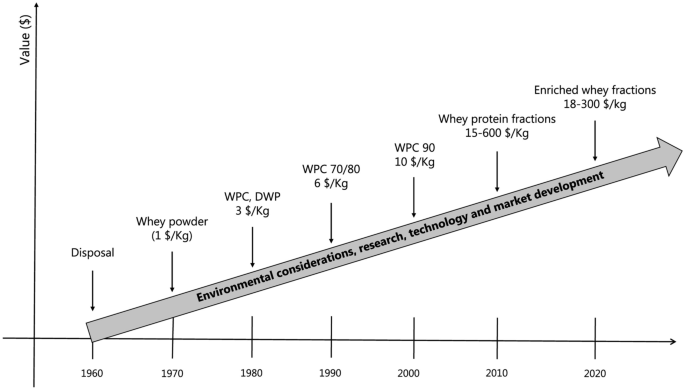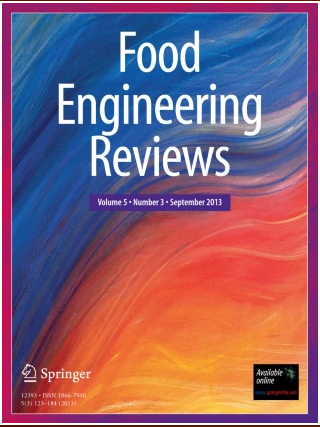Separation Technologies for Whey Protein Fractionation
Abstract
Abstract
Whey is a by-product of cheese, casein, and yogurt manufacture. It contains a mixture of proteins that need to be isolated and purified to fully exploit their nutritional and functional characteristics. Protein-enriched fractions and highly purified proteins derived from whey have led to the production of valuable ingredients for many important food and pharmaceutical applications. This article provides a review on the separation principles behind both the commercial and emerging techniques used for whey protein fractionation, as well as the efficacy and limitations of these techniques in isolating and purifying individual whey proteins. The fractionation of whey proteins has mainly been achieved at commercial scale using membrane filtration, resin-based chromatography, and the integration of multiple technologies (e.g., precipitation, membrane filtration, and chromatography). Electromembrane separation and membrane chromatography are two main emerging techniques that have been developed substantially in recent years. Other new techniques such as aqueous two-phase separation and magnetic fishing are also discussed, but only a limited number of studies have reported their application in whey protein fractionation. This review offers useful insights into research directions and technology screening for academic researchers and dairy processors for the production of whey protein fractions with desired nutritional and functional properties.


 求助内容:
求助内容: 应助结果提醒方式:
应助结果提醒方式:


